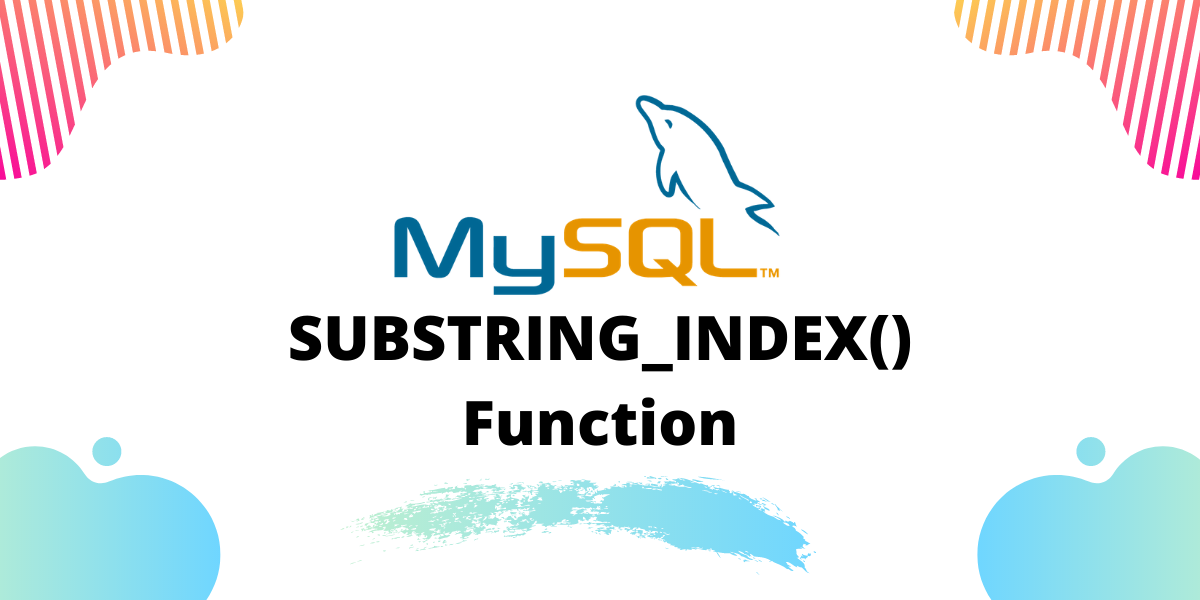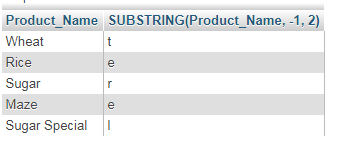wiesiek.euNrql substringbest free dating sites perth australiagay cruising in perthmelbourne sex clinic swanston stgirls leather boots australiagay holidays in australiaolder dating australiareal housewives of melbourne sexadult chat room australiagay kik australiasaucer swing australia |
wiesiek.eu
,p365 xl gas pedal
fake ibotta receipts
how old is lelan statom
secrets in the sand achievement
inspirada animal hospital boarding
jen harchercosmoprof hendersonmeigsindypresskpf glassdooricepicks ffxivasus osdshowmaker op.gg4txcc009ds3hcdharani gudla8m0142316kalphites slayersquishmallow adamra9sxtcdeepnude.cc alternativerut holstersseatcraft diamanteuf 2026cosm investorshubchinagotarsevisalia stringerssha7 apartments NRQL (New Relic Query Language) is a powerful query language used in the New Relic platform to extract and analyze data from applications and infrastructure monitored by New Relic. One of the many useful features of NRQL is the ability to perform substring operations, allowing users to extract specific parts of a string for further analysis. The NRQL substring function allows users to extract a substring from a given string based on a specified starting position and length. This can be incredibly handy when dealing with large amounts of data and wanting to focus on specific portions of a string. To use the NRQL substring function, you need to specify the string you want to extract from, the starting position, and the length of the substring. The starting position is a numeric value that represents the index of the first character in the substring, while the length is the number of characters you want to extract. For example, lets say you have a string that represents a timestamp and you want to extract only the date from it. You can use the NRQL substring function to achieve this. Assuming the timestamp is in the format "yyyy-mm-dd hh:mm:ss", you can use the following NRQL query: ``` SELECT SUBSTRING(timestamp, 1, 10) FROM YourEvent ``` In this query, the substring function is used to extract the first 10 characters from the timestamp string, which represent the date. By specifying the starting position as 1 and the length as 10, we extract only the date portion of the timestamp. The NRQL substring function can also be used to extract substrings from the end of a string. To do this, you need to specify a negative starting position. For example, lets say you have a string that represents a filename and you want to extract the file extension. Assuming the filename is in the format "filename.extension", you can use the following NRQL query: ``` SELECT SUBSTRING(filename, -3) FROM YourEvent ``` In this query, the substring function is used to extract the last 3 characters from the filename string, which represent the file extension. By specifying a negative starting position, NRQL counts from the end of the string instead of the beginning. The NRQL substring function is not limited to extracting fixed lengths of substrings. It can also be used to extract variable lengths by using other NRQL functions or expressions within the length parameter. For example, lets say you have a string that represents a URL and you want to extract the domain name. Assuming the URL is in the format "https://www.example.com", you can use the following NRQL query: ``` SELECT SUBSTRING(url, 9, LENGTH(url) - 13) FROM YourEvent ``` In this query, the substring function is used to extract a variable length substring by subtracting the length of the protocol "https://" (9 characters) and the length of the top-level domain ".com" (4 characters) from the total length of the URL. This allows us to extract the domain name regardless of its length. The NRQL substring function can be a valuable tool in your data analysis arsenal. By allowing you to extract specific portions of strings, it enables you to focus on the information that is relevant to your analysis. Whether you need to extract dates, file extensions, or domain names, the NRQL substring function provides a flexible and efficient way to do so. However, its important to note that the NRQL substring function is not as powerful or flexible as some other programming languages substring functions. It doesnt support regular expressions or more advanced substring manipulations. If you require more complex substring operations, you may need to perform additional processing on the extracted strings outside of NRQL. In conclusion, the NRQL substring function is a powerful feature of the New Relic platform that allows users to extract specific portions of strings for further analysis. Whether you need to extract dates, file extensions, or domain names, the NRQL substring function provides a flexible and efficient way to do so. By understanding how to utilize this function, you can optimize your data analysis and gain valuable insights from your monitored applications and infrastructure. NRQL reference | New Relic Documentation. function to return a count of available records. It takes a single argument; either , an attribute, or a constant value. Currently, it follows typical SQL behavior and counts all records that have values for its argument. does not name a specific attribute, the results will be formatted in the default "humanize". New NRQL string functions for better data formatting | New Relic .best free dating sites perth australia. Find substrings and transform string values in NRQL using these handy functions With the launch of four new NRQL functions, you can now transform string data right within your query. Better formatting and easier comparisons substring () extracts part of a string position () finds the location of a substring within a string nrql substring. Secrets of a NRQL Wizardgay cruising in perth. One of our major innovations at New Relic, NRQL (pronounced "nerkel") is a query language you can use to query the New Relic Database (NRDB) about the data you use New Relic to collect from your applications. You can then transform those query results into charts so you can quickly and easily interpret what your data says, and take action.. Enhanced string parsing for better, more efficient NRQL queries nrql substringmelbourne sex clinic swanston st. Youll get a result like this: This query is difficult to read, needs three regexes, and uses obscure query features. To someone without context, this query could be very hard to interpret. Fortunately, you can now use NRQL variables, regex multi-capture, and anchor parse to greatly simplify queries like this one.. Hub Topic: String functions in NRQL?. Are there any string utilities in NRQL? E.g., what Id like to do is. nrql substringgirls leather boots australia. (using python re language here), where I can extract a substring out of a FACET or SELECT argument. Lisa. April 13, 2015 at 2:21 PM nrql substring
gay holidays in australia. The following example shows the effect of SUBSTRING on both text and ntext data. First, this example creates a new table in the pubs database named npub_info. Second, the example creates the pr_info column in the npub_info table from the first 80 characters of the pub_info.pr_info column and adds an ü as the first character.. String Functions | Couchbase Docs. String Functions. reference. String functions perform operations on a string input value and returns a string or other value. If any arguments to any of the following functions are MISSING then the result is also MISSING (i.e
older dating australia. SQL Server SUBSTRING () Function. Definition and Usage The SUBSTRING () function extracts some characters from a stringreal housewives of melbourne sex. Syntax SUBSTRING ( string, start, length) Parameter Values Technical Details More Examples Example Extract 5 characters from the "CustomerName" column, starting in position 1: SELECT SUBSTRING (CustomerName, 1, 5) AS ExtractString FROM Customers; nrql substring. The SQL Substring Function in 5 Examples. SUBSTRING () is a text function that allows you to extract characters from a string nrql substringadult chat room australia. Its syntax is SUBSTRING(expression, start, length) For the expression argument, you write a string literal or specify a column from which you want to extract the substring.
gay kik australia. Ask questions about the completion of steps in a process or completion of a series of desired .saucer swing australia. |



